Bacon Wrapped Shrimp Recipe
Bacon Wrapped Shrimp is a quick and very easy Cajun recipe that can be either an appetizer or main course. A variety of sauces or glazes can be made for topping and dipping. For this demonstration we made a honey glaze sauce. You can experiment with many other combinations such as olive oil and Italian seasoning or butter and Tony’s Creole Seasoning. Anything you want – give it a try. And now let’s make Bacon Wrapped Shrimp.
Ingredients for Bacon Wrapped Shrimp
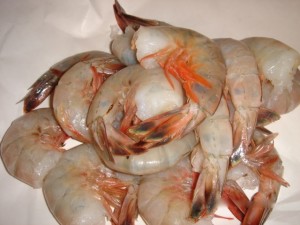
12-18 fresh jumbo or large shrimp
Bacon
Lemon juice
Orange juice
1 cup brown sugar
¼ – ½ cup honey
Tony’s Creole Seasoning
Cooking spray
Toothpicks
Non-stick baking sheet
Bacon Wrapped Shrimp Recipe
Turn your oven on Broil and keep the rack in the middle. Peel the shrimp leaving the tail on. Carefully slice the top of the shrimp and remove the black vein and discard on a paper towel.
In a small saucepan and on medium-low heat, mix the lemon juice, orange juice, brown sugar and honey. Simmer on low while the shrimp are prepared and cooked.
Cut bacon sliced into 2-3 inch pieces. Wrap around the shrimp overlapping and secure with a toothpick. Place on a baking sheet sprayed with cooking spray.
Broil for 4-5 minutes. Turn the shrimp and broil 4-5 minutes more. Remove from oven. With a basting brush, cover each shrimp with the honey glaze. Broil for another minute.
Serving Suggestions for Bacon Wrapped Shrimp:
Serve 4-6 shrimp per person. Goes well with potato salad, pasta tossed in olive oil or a rice pilaf. Don’t forget to sprinkle some Tony’s Creole Seasoning for a bit of spice.
Enjoy and Happy Eating!
Note: Honey Glazed Shrimp can also be cooked in the same manner on the grill.

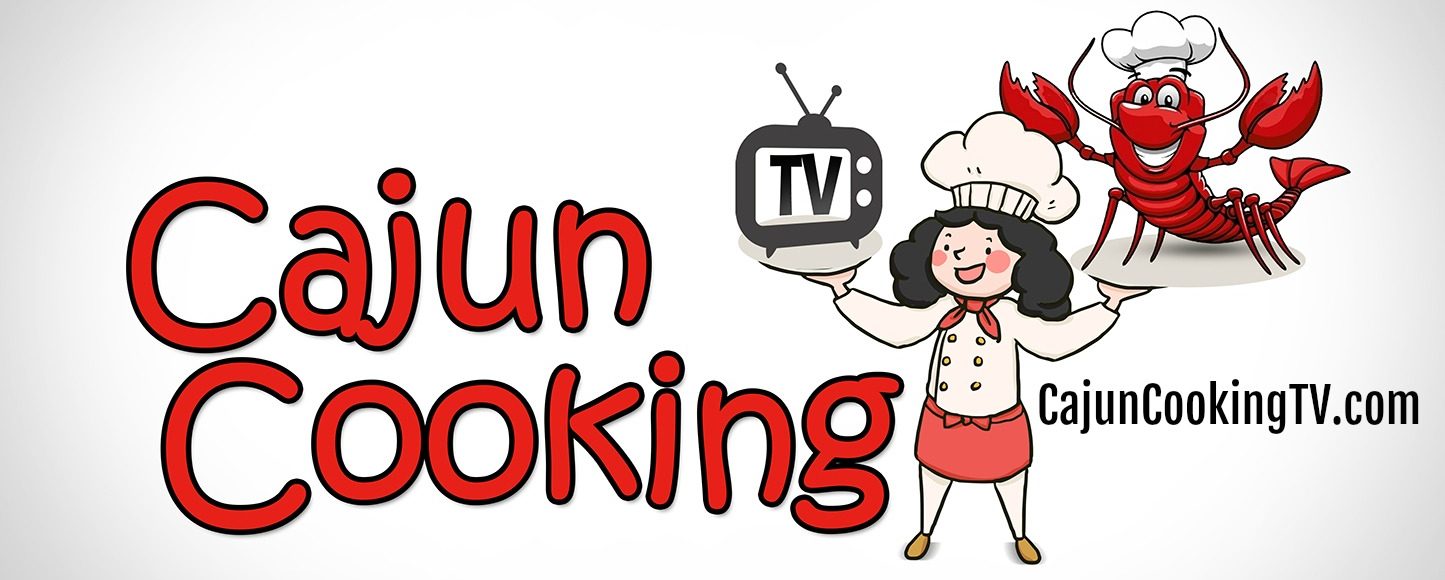


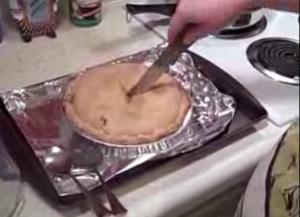
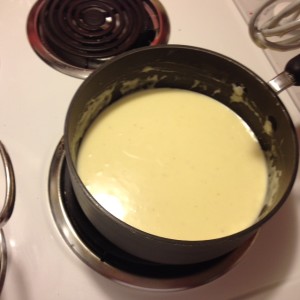
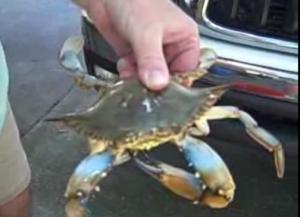
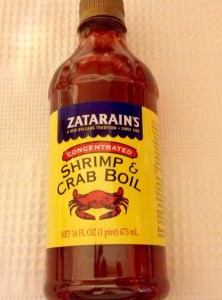
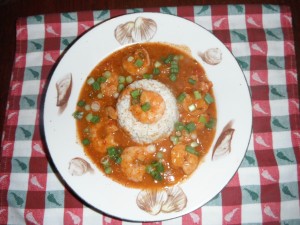
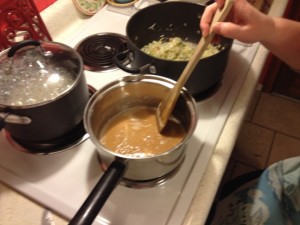
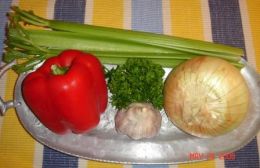
 For More Information, Please Click on the Photo Above
To Order the Cookbook, Click on the Button Below.
For More Information, Please Click on the Photo Above
To Order the Cookbook, Click on the Button Below.
What Our Readers Are Saying…